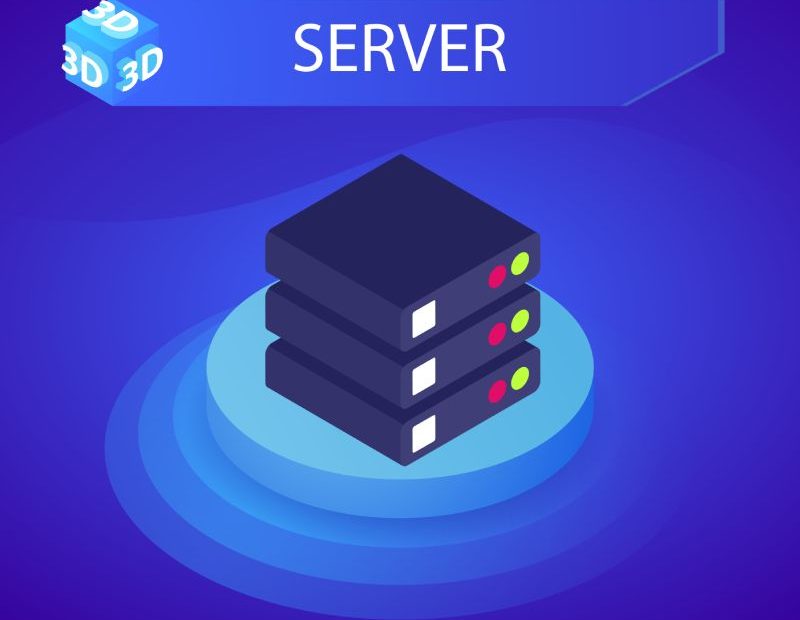What is a Home Server?
A home server is a personal computing device, typically a computer or specialized hardware, that is designed to store, manage, and provide access to digital files and media within a home network. These devices offer a centralized hub for your digital content, making it easy to share files, stream media, and perform automated backups of your data. With the rise of smart homes and increased reliance on digital storage, home servers have become an essential part of modern living for many households.
Key Functions of a Home Server
A home server has several core functions:
- File Storage and Sharing: A home server acts as a central repository for storing and organizing your digital files, such as documents, photos, videos, and music. This enables easy sharing and access across your home network.
- Media Streaming: Home servers can serve as media servers, allowing you to stream movies, music, and other content to various devices within your home, such as smart TVs, gaming consoles, and smartphones.
- Backup and Data Redundancy: With a home server, you can set up automatic backups for your devices, ensuring that your data is safe and secure. Additionally, many home servers support RAID configurations for added data redundancy and protection.
- Remote Access: Home servers can be configured to allow remote access, enabling you to retrieve files or manage your server from anywhere with an internet connection.
- Home Automation and Security: Modern home servers can integrate with smart home devices, such as security cameras, lighting, and climate control systems, offering centralized management and control of your smart home ecosystem.
Building or Buying a Home Server
There are two main options for setting up a home server: building one from scratch or purchasing a pre-built solution.
Building Your Own Home Server
Many tech-savvy individuals opt to build their own home servers, which allows for customization and control over hardware components, software, and overall functionality. This option can be cost-effective, particularly if you have spare computer parts or can repurpose an old computer. However, building your own server requires a certain level of technical expertise and a willingness to spend time configuring and maintaining the system.
Purchasing a Pre-built Home Server
For those looking for a more convenient solution, there are various pre-built home servers available on the market. These devices, such as NAS (Network Attached Storage) systems, come with a user-friendly interface and are designed for plug-and-play functionality. They typically offer features such as easy file sharing, media streaming, and automated backups, making them a popular choice for those who prefer a hassle-free setup.
Software Options for Home Servers
When setting up a home server, there are numerous software options available to help manage and optimize your system. Some popular choices include:
- FreeNAS: An open-source NAS operating system, FreeNAS provides an easy-to-use interface for managing your storage, sharing files, and running various server applications.
- OpenMediaVault: Another open-source option, OpenMediaVault offers a comprehensive set of features for managing your home server, including file sharing, backup, and media streaming.
- Windows Server: Microsoft’s server operating system, Windows Server, is a popular choice for those already familiar with the Windows ecosystem. It offers a wide range of features and applications, making it a versatile option for a home server setup.
- Linux-based distributions: Linux-based server operating systems, such as Ubuntu Server or Debian, provide a highly customizable and stable platform for a home server. With a vast library of open-source software available, Linux-based servers offer a great deal of flexibility for advanced users.
Security Considerations for Home Servers
When setting up a home server, it’s crucial to prioritize security measures to protect your data and privacy. Some key considerations include:
- Regular updates: Keep your server software and applications up-to-date to ensure you have the latest security patches and bug fixes.
- Firewall and antivirus: Use a firewall to protect your server from unauthorized access and install reputable antivirus software to safeguard against malware.
- Strong passwords: Use complex, unique passwords for your server and any associated user accounts. Regularly update these passwords to maintain security.
- Encryption: Encrypt your data, both in transit and at rest, to protect it from unauthorized access or theft.
- Secure remote access: If you enable remote access to your home server, use a secure method such as a VPN (Virtual Private Network) or SSH (Secure Shell) to protect your connection.
Conclusion
A home server can greatly enhance your digital experience, providing centralized file storage and sharing, media streaming capabilities, automated backups, and smart home integration. Whether you choose to build your own server or purchase a pre-built solution, be sure to consider the various software options and prioritize security measures to protect your data and privacy. With proper planning and setup, a home server can become an invaluable addition to your modern, connected home.



